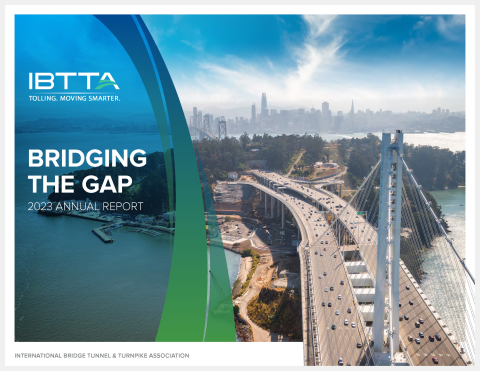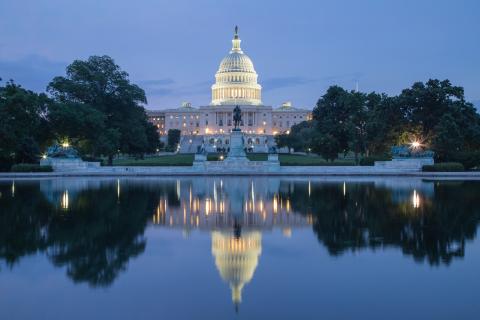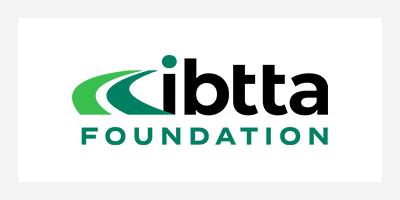- Home
- Building Infrastructure For a Higher Purpose
Stories
Building Infrastructure for a Higher Purpose


In a wide-ranging commentary last month, the Brookings Institution pointed to the higher purpose we serve when we build, finance, and maintain highway infrastructure.
“Concrete, steel and fiber-optic cable are the essential building blocks of the economy,” writes Robert Puentes, Senior Fellow with Brookings’ Metropolitan Policy Program. “Infrastructure enables trade, powers businesses, connects workers to their jobs, creates opportunities for struggling communities, and protects the nation from an increasingly unpredictable natural environment.”
Infrastructure Creates 14 Million Jobs
Infrastructure creates direct employment for 14 million Americans, according to the Bureau of Labor Statistics, and “important national goals depend on it,” Puentes notes. But “the U.S. has not spent enough for decades to maintain and improve it.” By investing the $150 billion more per year that would be needed to clear the infrastructure deficit, the McKinsey Global Institute estimates the U.S. could create another 1.8 million jobs and boost economic growth by 1.5% per year.
Puentes points out that the benefits of that investment would ripple through an economy that “needs reliable infrastructure to connect supply chains and efficiently move goods and services across borders. Infrastructure connects households across metropolitan areas to higher quality opportunities for employment, health care, and education.”
Innovative Financing to the Rescue
Against this shining potential, the post points to a familiar problem. “For the foreseeable future, the Highway Trust Fund, the State Revolving Funds for water and others will face cuts and squeezed budgets,” he writes. “Despite gradual acceptance in the past decade that infrastructure is vital to economic growth, debate over spending remains amorphous and simplistic,” focusing on “unrealistic, silver-bullet policy solutions” instead of the specific needs and opportunities in different communities and infrastructure categories.
Puentes calls for greater flexibility from the federal government to support innovation by states and cities, stressing that “there is no one-size-fits-all form of financing” for complex projects that must be custom-designed to meet local needs. For public-private partnerships, he says, “the best infrastructure projects for private sector involvement are those with a clear revenue stream from ratepayers, such as water infrastructure and toll roads.”
Part of a Bigger Picture
With Congress entering a new round of debate on a long-term transportation bill, the Brookings Institution analysis is a useful reminder that highway infrastructure is one important part of a bigger picture. Ours is not the only infrastructure category where dedicated professionals are scrambling to deliver badly-needed projects in the face of mounting demand and shrinking budgets.
As an essential tool in the funding toolbox, tolling opens the door to a wider range of strategies for delivering safe, reliable roadways. But as tolling agencies prepare to make that case with federal representatives, it helps to connect our advocacy to a wider chorus of voices, and to the higher purpose our industry is built to serve – providing greater mobility for society.
Learn more and add your voice to the call for a long-term transportation bill! Register today for IBTTA’s Washington Briefing, March 29-31, 2015 in Washington, DC.

Joining IBTTA connects you to a global community of transportation professionals, offering unmatched opportunities for networking, knowledge-sharing, and collaborative innovation in the tolling and transportation sector.
Follow IBTTA on social media for real-time updates on transportation trends and collaborative opportunities.





